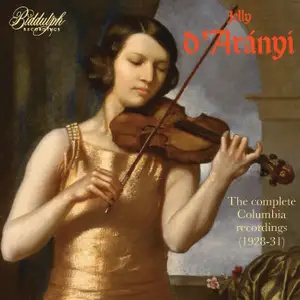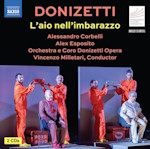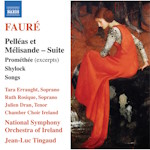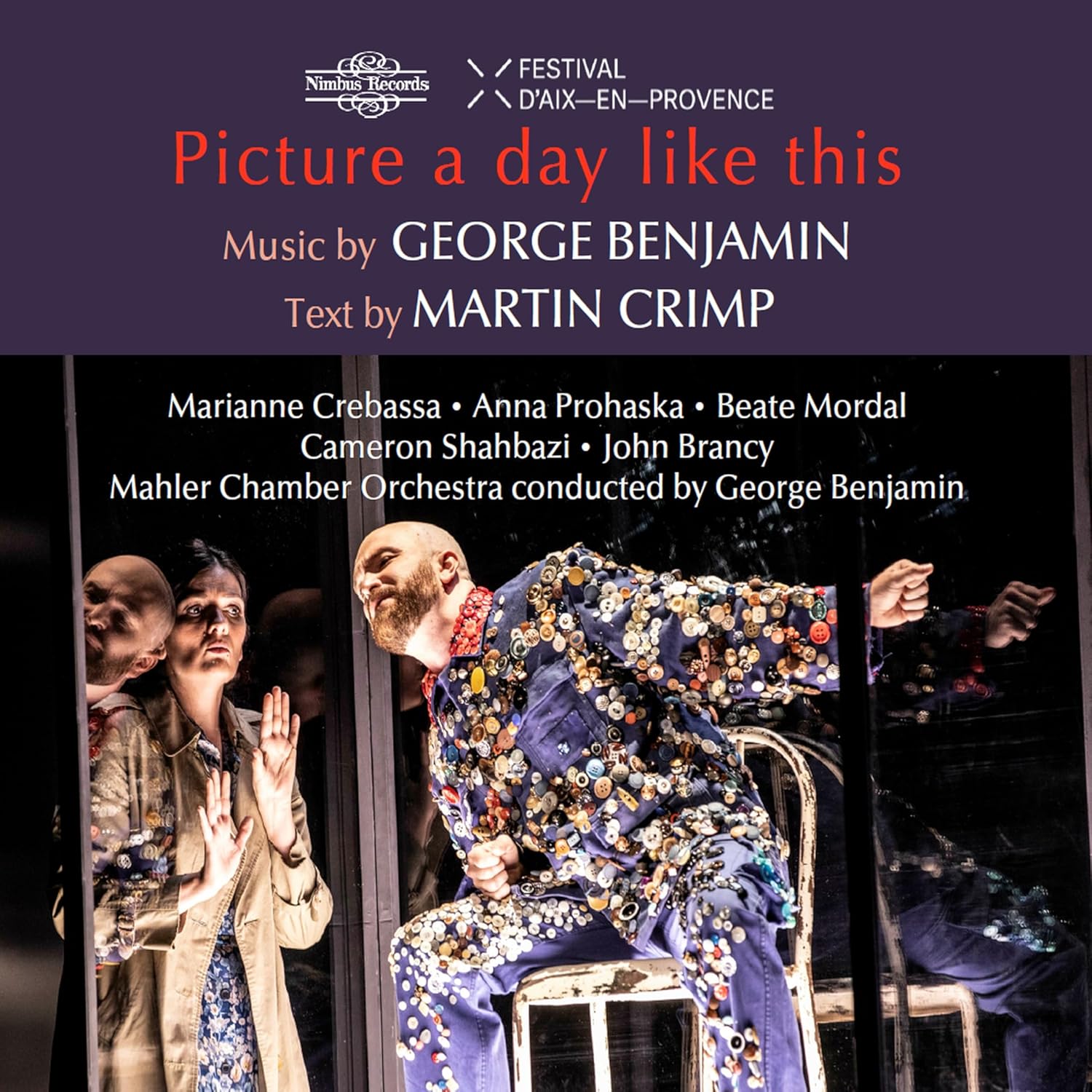
Jelly d’Arányi (violin)
The Complete Columbia recordings (1928-31)
Coenraad V Bos (piano), Arthur Bergh (piano)
Aeolian Orchestra/Stanley Chapple
rec. November 1925, London (Mozart) and 1928-31
Biddulph 85056-2 [80]
Jelly d’Arányi (1893-1965) was one of three sisters born in Budapest whose great uncle was Joseph Joachim. Some recordings of her talented older sister Adila Fachiri have been transferred recently by Biddulph (review) alongside those of Marie Soldat. Both sisters were active in Britain in the inter-war years where they remained very popular but by the end of the war their careers were largely over.
Fachiri and d’Arányi’s first recordings were made for Vocalion and their duets and many performances of Bach’s ‘Double’ were famous. Biddulph focuses, however, on the sequence of Columbias Jelly made between 1928-31 and then augments the disc by including her recording of Mozart’s Third Concerto and the Minuet from the Haffner Serenade, made acoustically for Vocalion in November 1925.
Unfortunately, she never made recordings of the works associated or dedicated to her, so Tzigane, the most well-known of these, was never recorded any more than were Bartók’s Sonatas or Vaughan Williams’ Concerto Accademico. Instead, she recorded a selection of genre pieces augmented by two major chamber recordings, which have both been transferred elsewhere – Schubert and Brahms Trios with her sonata partner Myra Hess anchoring things at the piano.
Vital’s Chaconne was one of the most admirable of these sides, a 1929 recording that replaced Albert Sammons’s 1924 acoustic recording of the piece. There’s elegance here, a brief amount of sentimentalising too, but otherwise strongly controlled. Though I always associate Desplanes’ Intrada with Jacques Thibaud, d’Arányi plays it with great warmth as she does Veracini’s Grave which she plays a with a nobility common to all her baroque pieces. Other than the Trio, she recorded hardly any Brahms, just the Hungarian Dance No.8 in her great uncle’s arrangement, though there’s another example in her Vocalion legacy. Another example of her national and stylistic affinity comes in Hubay’s Poème hongrois, a rather dainty affair which she plays stylishly.
It’s clear from Drdla’s Souvenir that she’s a deft and effective performer and not the tempestuous player of repute – at least not on records. She plays the light effusion of Nicholas Gatty with appropriate tone and shows in Albéniz’s Tango that elegance and polish rather than rich vibrant tone were her primary qualities.
The Mozart Vocalions show how bass reinforcements were used to bulk up the orchestra’s lower frequencies. The Minuet was included in the Concerto set as a kind of appendix filler – it was the last matrix to be recorded. The Concerto itself was the one her erstwhile Vocalion stablemate Sammons played but he’d returned to the Columbia fold by 1925, so she had the field to herself. Her fluctuating tempi are unusual as she slows to beautify phrases and there’s a lurch as she resumes the tempo, a product one feels of late nineteenth-century practice, but it’s otherwise a creditable performance and Stanley Chapple conducts very professionally. A word of praise for the side-joins.
The fine notes are by Tully Potter and Raymond Glaspole has transferred his own blemish-free copies which have been digitally mastered by Rick Torres. They sound splendid.
Jelly d’Arányi was a fine player whose reputation as a fiery exponent is perhaps more reflective of the repertoire with which she was associated. Her recordings show a rather more cultured, reserved and elegant player at her best in older music.
Jonathan Woolf
Buying this recording via a link below generates revenue for MWI, which helps the site remain free

Contents
Tomaso Vitali (1663-1745)
Chaconne arr. Charlier
Johann Sebatian Bach (1685-1750)
Adagio arr. Soliti from Toccata, Adagio and Fugue
Jean-Antoine Desplanes (1678-1757)
Intrada
Francesco Maria Veracini (1690-1768)
Grave arr. Corti
Alessandro Parisotti (attrib. Pergolesi) (1853-1913)
Arietta
Pietro Nardini (1722-1793)
Andante from Concerto in E minor
Christoph Willibald von Gluck (1714-1787)
Melodie arr. Kreisler
Fritz Kreisler (1875-1962)
Scherzo ‘in the style of Dittersdorf’
Rondino on a theme of Beethoven
Johannes Brahms (1833-1897)
Hungarian Dance No.8 arr. Joachim
Jenő Hubay (1858-1937)
Poème hongrois
Léo Delibes (1836-1891)
Passepied arr. Gruenberg
František Drdla (1868-1944)
Souvenir
Nicholas Gatty (1874-1946)
Bagatelle
A Walter Kramer (1890-1969)
Silhouette
Isaac Albéniz (1860-1909)
Tango arr. Dushkin
Manuel de Falla (1876-1946)
Jota arr. Kochanski
Wolfgang Amadeus Mozart (1756-1791)
Haffner Serenade Minuet in G minor
Violin Concerto No.3 in G, K.216

















